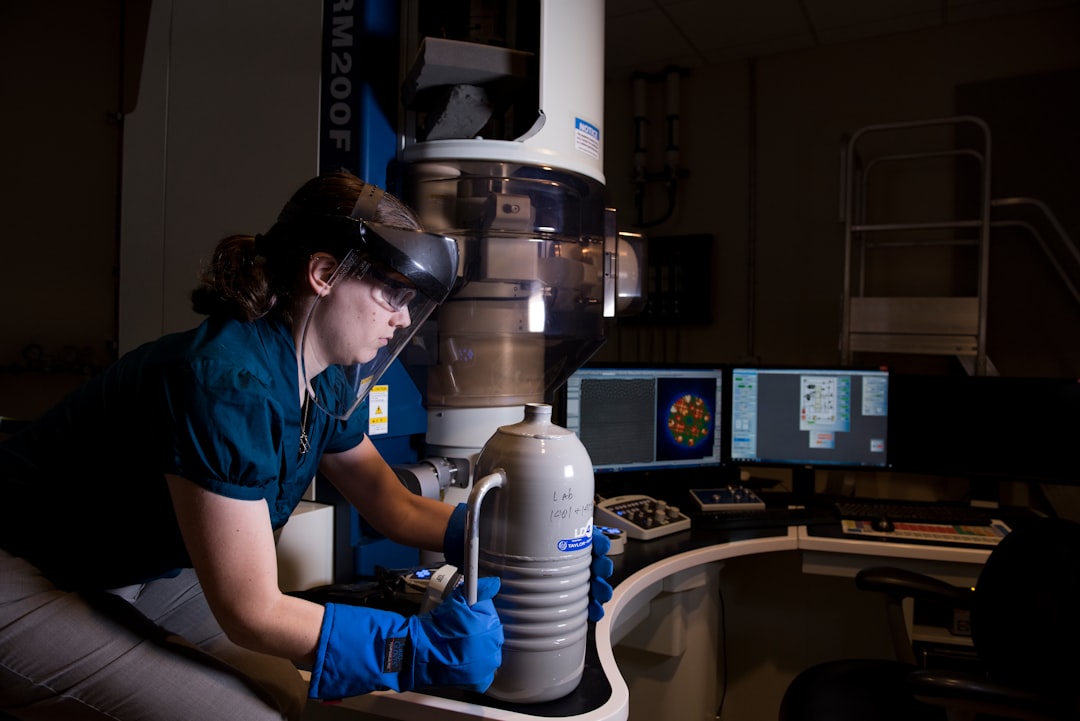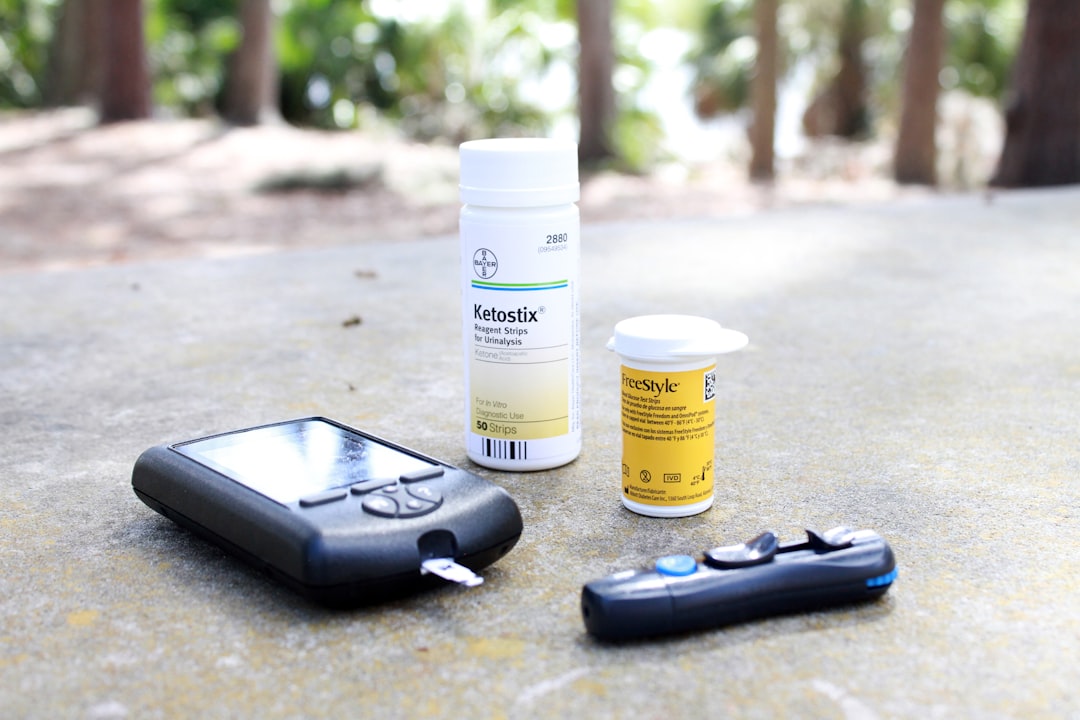What is it about?
Many membrane-associated proteins tend to aggregate when overproduced in heterologous hosts. In this paper we show that we can prevent the unwanted aggregation of the thermostable flavoprotein proline dehydrogenase by changing specific amino acid residues near the N-terminus of the enzyme.
Featured Image
Why is it important?
The generation of soluble enzyme allows us to study the catalytic and structural properties of proline dehydrogenase in further detail.
Perspectives
Specific mutagenesis will provide a better understanding of the functional role of several parts of the protein in catalysis and oligomerization.
Professor Willem J.H. van Berkel
Wageningen University
Read the Original
This page is a summary of: A more polar N-terminal helix releases MBP-tagged Thermus thermophilus proline dehydrogenase from tetramer-polymer self-association, Journal of Molecular Catalysis B Enzymatic, December 2016, Elsevier,
DOI: 10.1016/j.molcatb.2016.09.014.
You can read the full text:
Contributors
The following have contributed to this page










